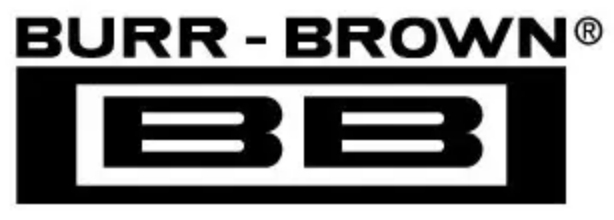Self-Calibration
A self-calibration is performed after the bits “01” have been
written to the Command Register Operation Mode bits
(MD1 through MD0) and a “1” has been written to the
Command Register sample-and-hold bit (SH). This initiates
a self-calibration on the next clock cycle. The offset correc-
tion code is determined by a repeated sequence of auto-
zeroing the calibration comparator to the offset reference
and then comparing the DAC output to the offset reference
value. The end result is then averaged, Offset Two’s Comple-
ment adjusted, and placed in the OCR. The gain correction
is done in a similar fashion except the correction is done
against V
REF
to eliminate common-mode errors. The FCR
result represents the gain code and is not Offset Two’s
Complement adjusted.
The calibration function takes between 300ms and 500ms to
complete (for f
XIN
= 2.5MHz). Once calibration is initiated,
further writing of register bits is disabled until calibration
completes. The status of calibration can be verified by
reading the status of the Command Register Operation Mode
bits (MD1 through MD0). These bits will return to normal
mode “00” when calibration is complete.
Self-calibration can be done with the output isolated or
connected. This is done by setting (output connected) or
clearing (output isolated) the CALPIN bit in the CMR
register.
Output Mode
The DAC1220 can operate in either 16-bit mode or 20-bit
mode. The mode is determined by setting (20-bit) or clearing
(16-bit) the RES bit in the CMR register.
The output of the DAC1220 can be synchronously reset. By
setting the CLR bit in the CMR, the data input register is
cleared to zero. This will result in an output of 0V when
DF = 1 or V
REF
when DF = 0, assuming no calibration errors.
The settling time is determined by the DISF, RES, and
ADPT bits of the command register. The default state of
DISF = 0 and ADPT = 0 enables fast settling, unless the
output step is small (≈ 40mV). However, the DAC1220 can
be forced to always use fast settling if the ADPT bit is
set to 1. If DISF is set to 1, all fast settling is disabled.
The SH bit of the CMR register determines if C
2
is internally
connected to V
REF
. By clearing the SH bit, C
2
is discon-
nected from V
REF
.
The CRST bit of the CMR register can be used to reset the
offset and calibration registers. By setting the CRST bit, the
contents of the calibration register are reset to 0.
REFERENCE INPUT
The reference input voltage of 2.5V can be directly con-
nected to V
REF
.
The recommended reference circuit for the DAC1220 is
shown in Figure 2.
+5V
+5V
0.10µF
7
2
6
1
10kΩ
+
REF1004-2.5
3
10µF
0.10µF
OPA336
+
4
10µF
0.1µF
100Ω
To V
REF
Pin
100kΩ
FIGURE 2. Recommended External Voltage Reference Circuit for Best Low Noise Operation with the DAC1220.
®
DAC1220
6

 BURR-BROWN [ BURR-BROWN CORPORATION ]
BURR-BROWN [ BURR-BROWN CORPORATION ]